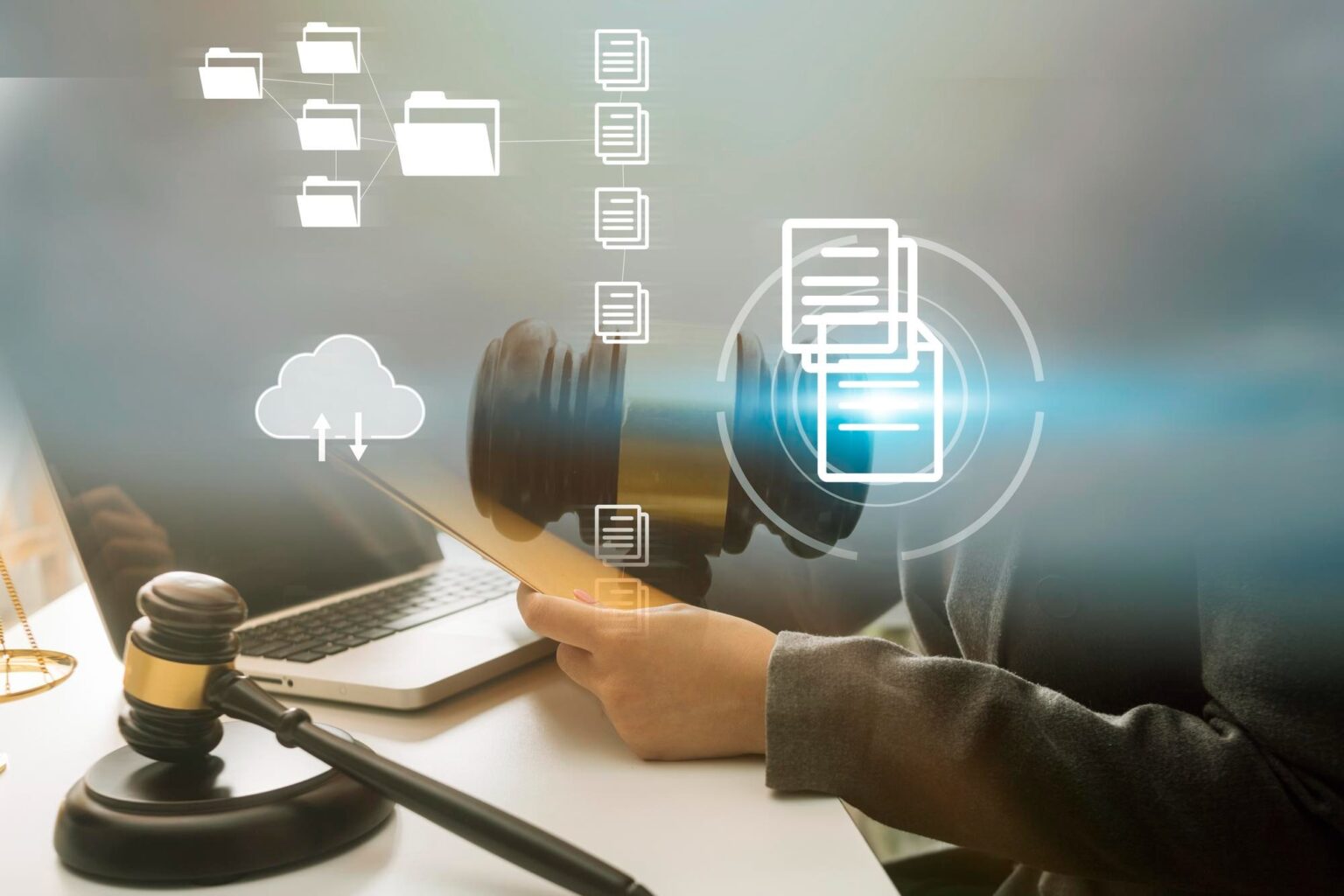Cloud computing is revolutionizing the legal practice by enabling seamless collaboration, efficient data storage, and flexible access to information. Here’s how cloud computing is transforming the legal industry:
- Collaborative Workspaces: Cloud-based platforms provide collaborative workspaces where legal professionals can securely share and work on documents in real-time. These platforms allow multiple users to collaborate on contracts, case files, and other legal documents simultaneously, improving teamwork and reducing version control issues. By enabling efficient collaboration, cloud computing enhances productivity and streamlines communication among legal teams.
- Secure Data Storage: Cloud storage solutions offer secure and scalable data storage options for law firms and legal departments. Legal professionals can store and access vast amounts of data, including contracts, case files, client information, and research materials, in the cloud. Cloud storage ensures data redundancy, disaster recovery, and robust security measures, protecting sensitive client information and mitigating the risk of data loss.
- Remote Access and Mobility: Cloud computing enables legal professionals to access files and applications from anywhere, at any time, using various devices. This flexibility supports remote work, client meetings, and court appearances, allowing lawyers to be more productive and responsive. Cloud-based solutions ensure that legal professionals have access to critical information and tools on-demand, regardless of their location or device.
- Document Management and Organization: Cloud-based document management systems provide efficient organization and retrieval of legal documents. These systems allow legal professionals to categorize, index, and search documents based on specific criteria, such as case type, client, or date. Cloud-based document management streamlines workflow, reduces time spent on manual document handling, and enhances efficiency in document retrieval and review processes.
- Enhanced Security and Compliance: Cloud service providers implement robust security measures to protect data stored in the cloud. Encryption, access controls, and regular security updates help ensure data confidentiality and integrity. Cloud computing also assists law firms in meeting regulatory and compliance requirements, such as data protection regulations and client confidentiality rules, by providing secure storage and data management practices.
- Cost Savings and Scalability: Cloud computing offers cost savings for law firms by eliminating the need for on-premises infrastructure and reducing IT maintenance costs. Cloud services operate on a pay-as-you-go model, allowing firms to scale their resources up or down based on their needs, avoiding the costs associated with maintaining unused capacity. This scalability provides flexibility and cost-efficiency for law firms of all sizes.
- Integration with Legal Software: Cloud computing enables integration with legal software applications, such as practice management systems, billing tools, and e-discovery platforms. Integration with cloud services enhances the functionality and efficiency of these software solutions, enabling seamless data sharing, automated workflows, and centralized management of legal operations.
While cloud computing offers numerous benefits for legal practice, it’s important for law firms to assess the security, privacy, and compliance features of cloud service providers. Implementing cloud solutions should involve robust security protocols, encryption measures, and adherence to relevant regulatory frameworks to ensure the protection and confidentiality of client information. By embracing cloud computing, legal professionals can enhance collaboration, streamline data management, and improve the overall efficiency of their practice.



